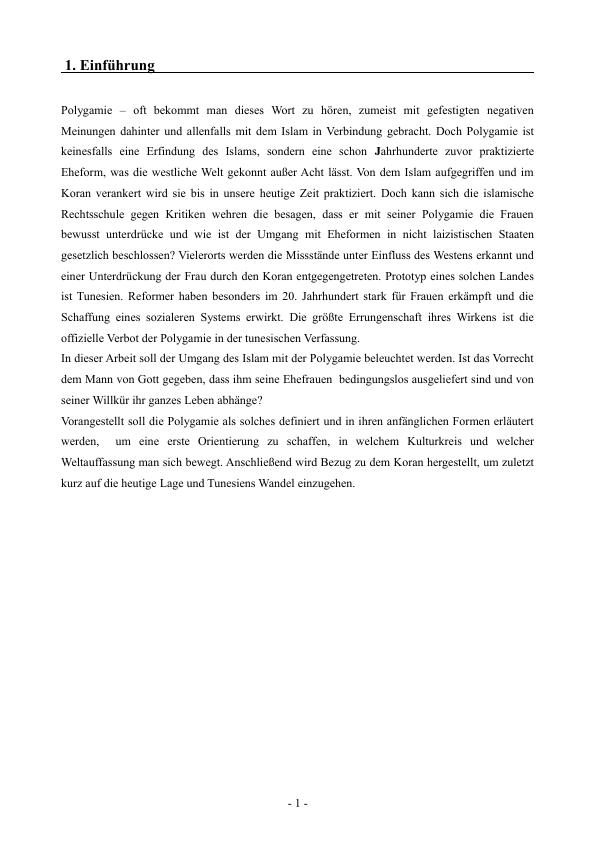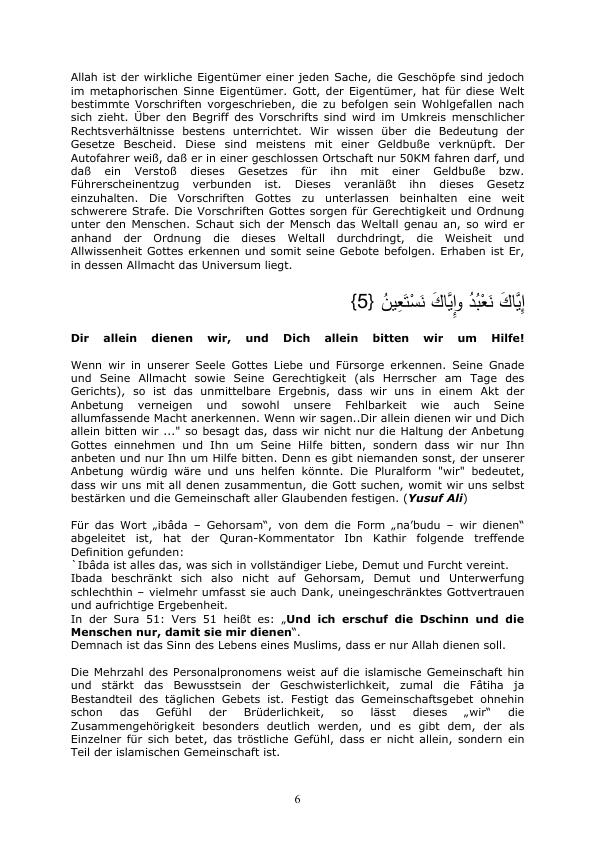

This Quranic model encouraged a much wider cultivation of text memorization. Until the end of the 19th century, the most common form of elementary education in most Muslim societies consisted of rote memorization of the Quran and accompanying mastery of the Arabic script. In this they differed from Christians who ascribed no particular virtue to memorizing and reciting aloud the gospels. Indeed, the word “Quran” means “recitation.” From the very outset, Muslims saw great value in memorizing and reciting the Quran. Muhammad himself is believed to have been illiterate, receiving divine revelations solely by hearing an angelic voice. The second cultural factor stems, paradoxically, from the high level of illiteracy in all pre-modern societies.

Muslims brought up in traditions oriented around the Arabic script not only thought of themselves as different from people who used other writing systems, such as Roman, Cyrillic, Greek, Devanagari, and Chinese, but they looked upon writing in Arabic characters as a major source of aesthetic enjoyment, using it in a multitude of styles both for manuscripts and architectural decoration and, in modern times, for advertising and shop signs. This led to widespread learning of Arabic and to the adaptation of the Arabic alphabet to many non-Arabic languages, including Persian, Urdu, Turkish (until the 20th century), Hausa, and Malay (until recent times). First, the belief that Allah revealed the Quran to Muhammad in the Arabic language gave Arabic, and the alphabet in which it is written, a privileged position in later Muslim societies. There they joined with the Medinans to form a new kind of community, one based on shared belief in one God, whom they called Allah, and in Muhammad's role as a messenger bringing to humanity Allah's eternal message in the form of revelations later collected into the book known as the Quran.įrom this historical situation stem two cultural factors that helped shape later communication and media attitudes in Muslim communities. The umma originated in western Arabia in the seventh century AD when the Prophet Muhammad and his followers made a trek from his home city of Mecca to the farming oasis of Medina to the north. What they hold in common is membership in the umma, the Arabic term that designates the totality of the world Muslim community at any point in time. The term “ Islamic culture” embraces a wide variety of peoples and societies spread over many countries.

Bulliet, in Encyclopedia of International Media and Communications, 2003 I Introduction


 0 kommentar(er)
0 kommentar(er)
